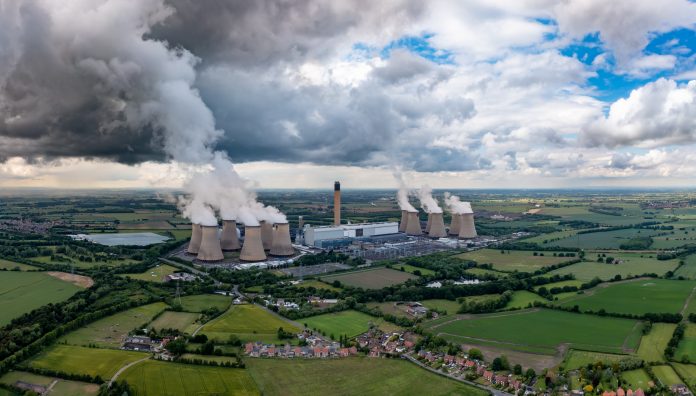UCL researchers have discovered that current air pollution regulations in the UK will prevent thousands of premature adult deaths
The latest research published in GeoHealth reveals that current air pollution regulations could prevent 6,751 premature deaths among adults in the UK by 2030. Existing regulations cover only a portion of the pollution generated by the UK’s agriculture sector, which is expected to increase its emissions in the upcoming years.
The study found that even if all technological measures exceed the requirements of the UK law and are adopted, they will not mitigate the adverse impacts of air pollution on the UK ecosystem. The study illustrates that the current legal framework and regulatory measures already have significant health benefits.
“Currently, the UK government only provides a handbook of suggested farming practices to limit ammonia emissions. Many of these are the same measures we test in our study. We hope our results provide the incentives needed to regulate rather than suggest.” Lead author Dr Eloise Marais (UCL Geography) said.
The impact of air pollution
Air pollution is harmful to both human health and the environment. According to the study, 48,625 adults die prematurely annually due to particulate matter pollution. Currently, 79% of the UK exceeds the annual mean guide for safe levels of fine particulate matter set by the World Health Organisation WHO.
The researchers evaluated a variety of pollution and their impact on people and the environment. They calculated their projected effects for the next decade based on existing regulatory levels. They extended their analysis to determine the maximum benefits achievable if all feasible technologies were implemented.
Fine particulate matter
The research showed that fine particulate matter, a harmful air pollutant, can be significantly reduced. Current regulations target emissions from various sources, including shipping, aviation, transport, power plants and industry. With existing rules, the percentage of the UK exceeding the WHO guideline is expected to drop from 79% to 58% by 2030, but it could decrease to as low as 36% with all possible measures in place.
These measures include using low-emission methods for spreading manure, installing air filters in animal housing, using alternatives to urea-based fertilisers, improving fuel desulfurisation, enhancing air filters in industrial and power plant stacks, making home stoves and boilers more efficient, and enforcing stricter auto emission standards.
A significant portion of particulate matter pollution, about one-third, comes from ammonia emissions, mainly from agriculture, which needs to be better regulated. These emissions might slightly increase under current regulations and only moderately decrease with readily available measures. The researchers also studied how NH3 pollution affects sensitive habitats in the UK.
Sensitive habitat pollution
Air pollution harms the delicate ecosystem found in most UK national parks and protected areas, but mitigating this environmental damage is a complex challenge.
One particular concern is agricultural ammonia, which introduces excess nitrogen into ecosystems that thrive on low nitrogen levels, leading to shifts in the ecosystem’s composition.
Ammonia also directly harms lichens and mosses, crucial for peat formation, flood control, and the foundation of natural food chains. Approximately 95% of land in sensitive habitats, which includes nearly all non-urban and non-intensive farming areas in the UK, is exposed to excessive atmospheric nitrogen pollution.
Agriculture is responsible for roughly 90% of human-caused ammonia emissions. The study indicates that due to agricultural intensification aimed at increasing food production by 2030, ammonia emissions might slightly increase by about 2%.
Even if all achievable measures are implemented, ammonia emissions are only expected to decrease by a modest 19%, a far cry from the 80% reduction in nitrogen-based emissions required to protect sensitive habitats significantly.











